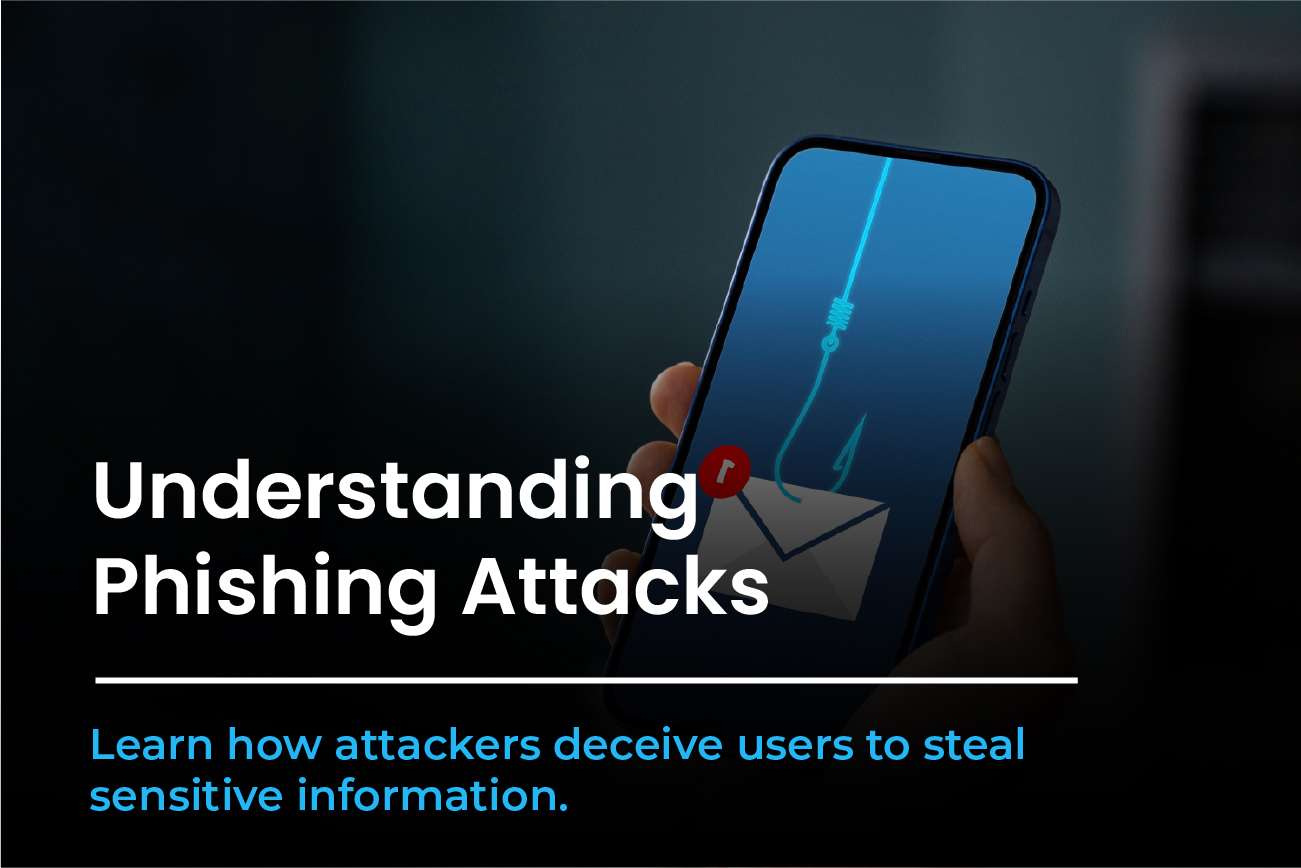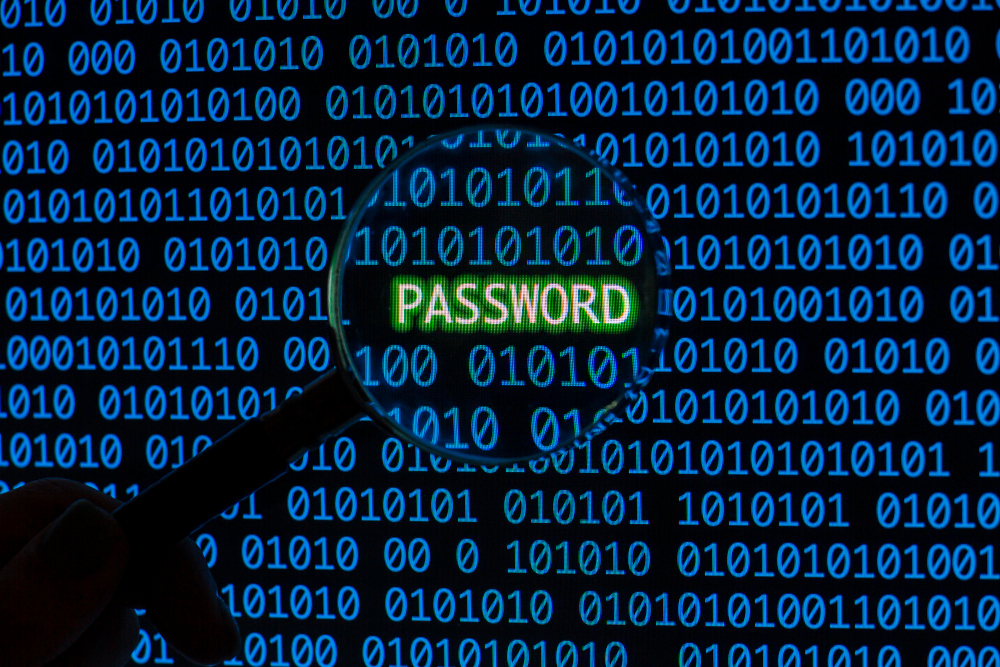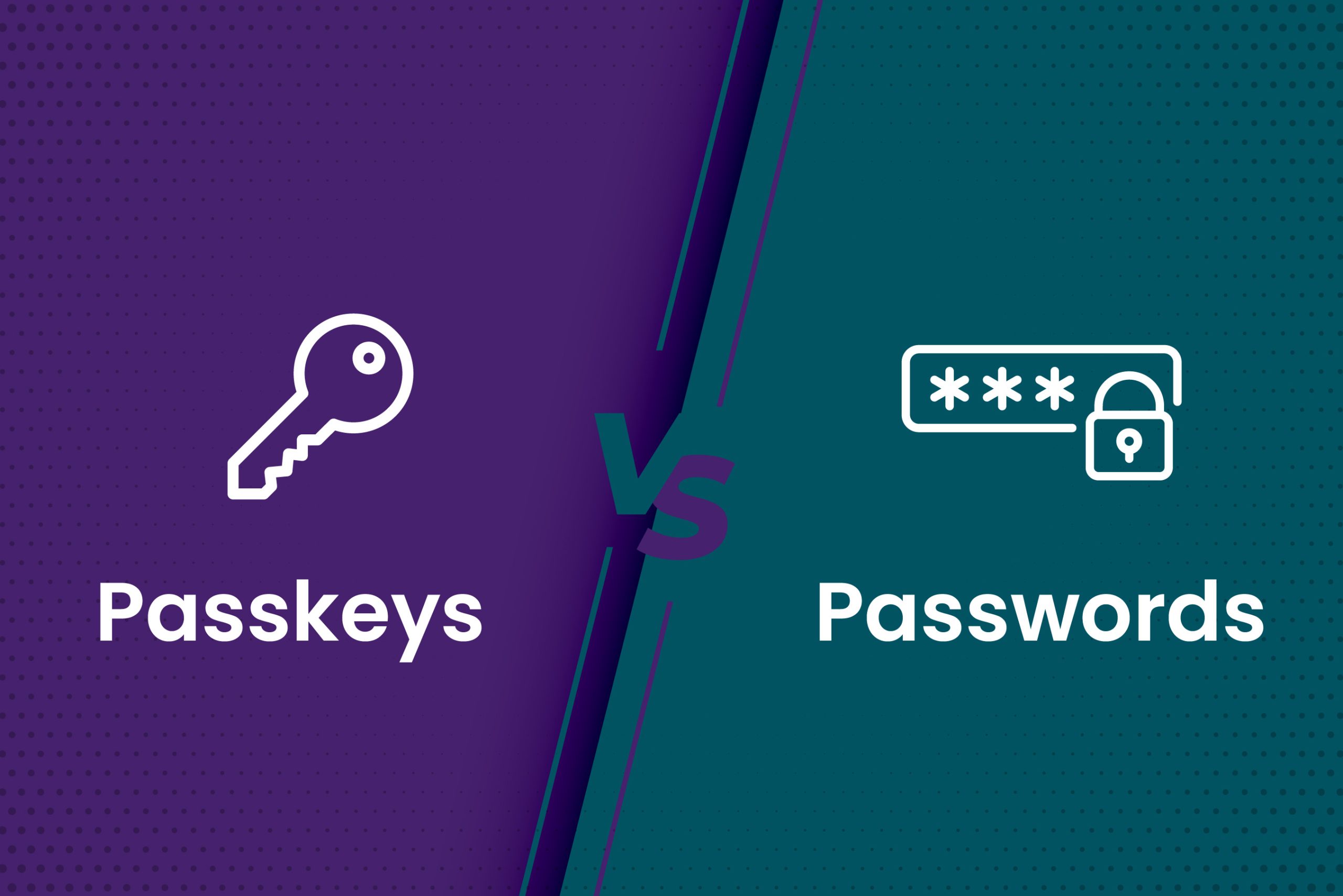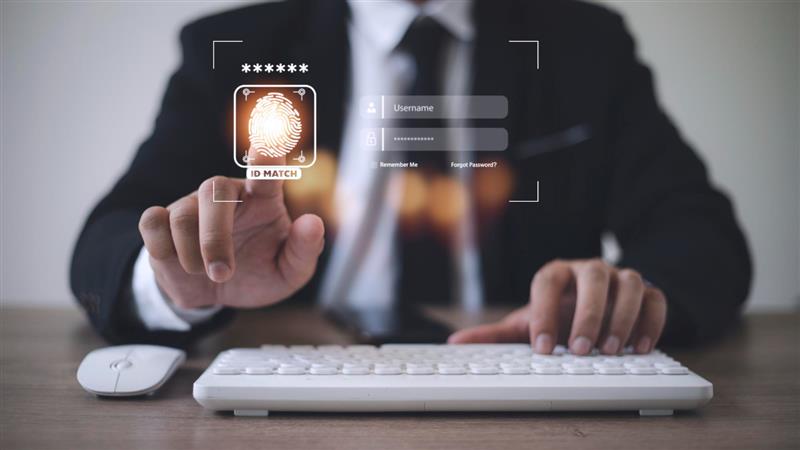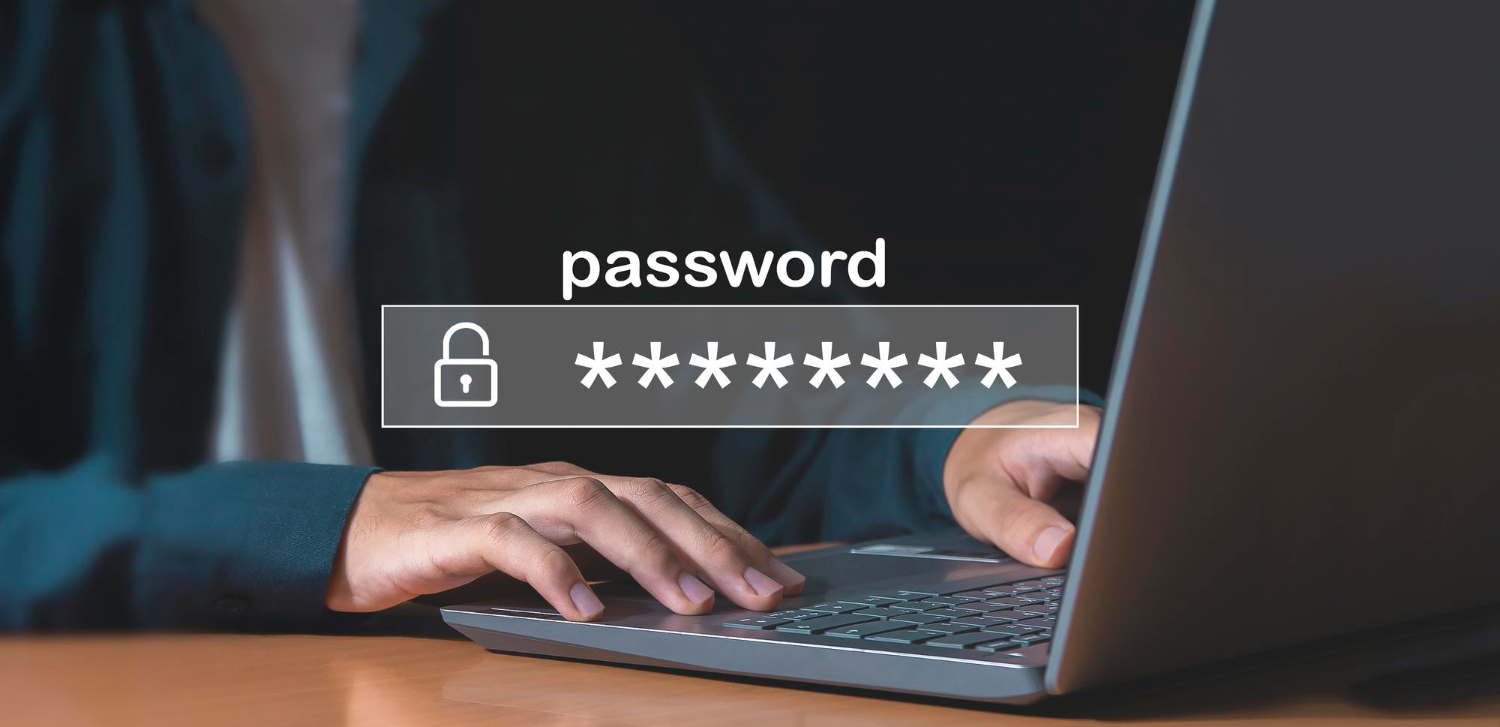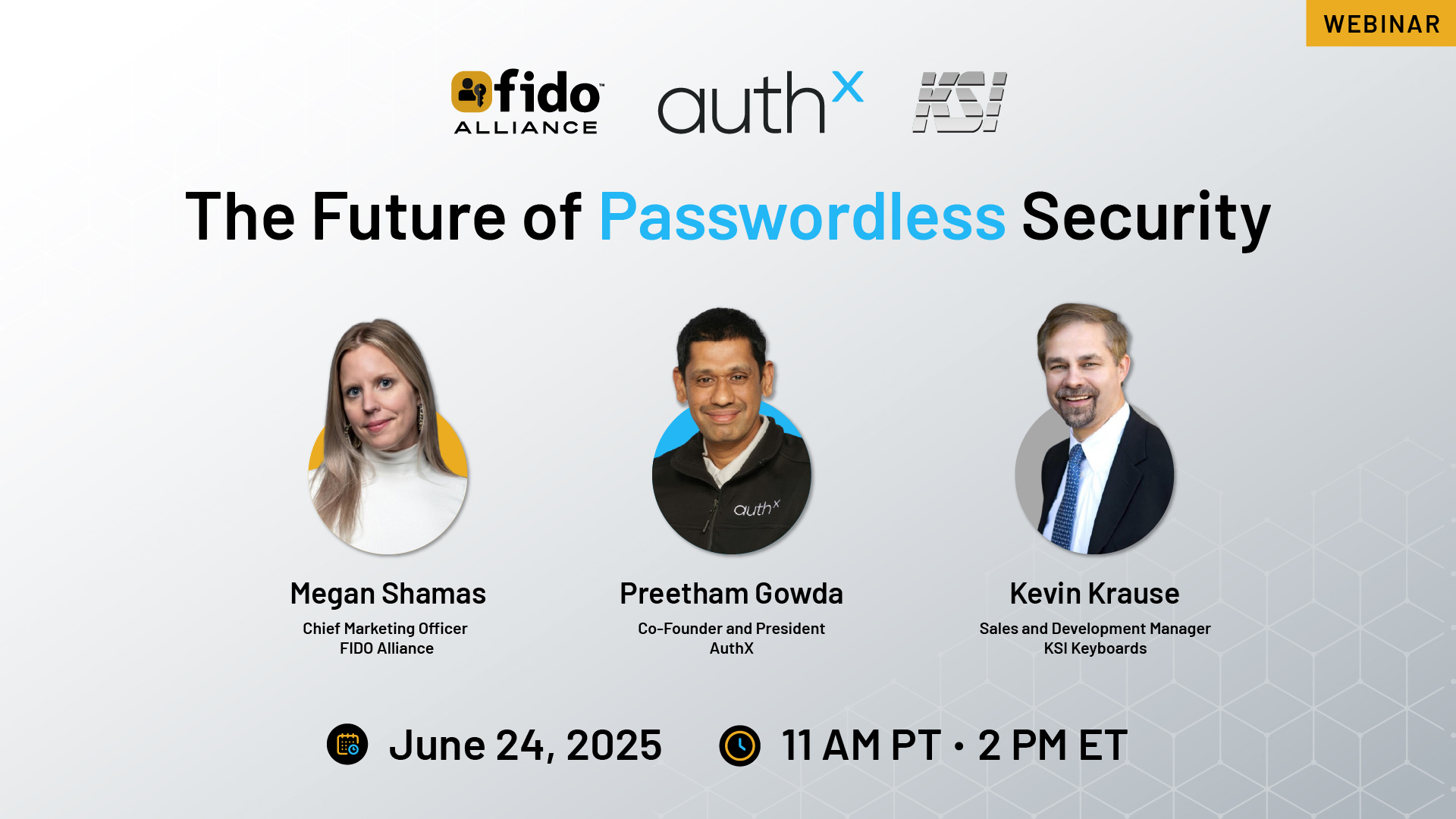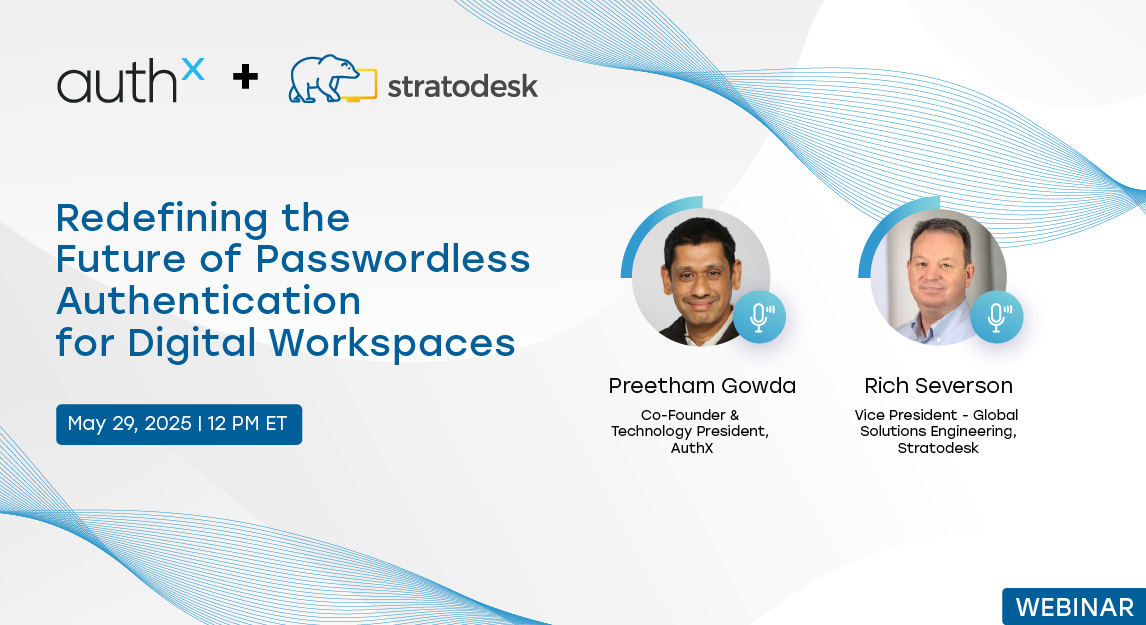Phishing isn’t just another buzzword; it’s one of the most common and costly cyber threats organizations are facing today. From news headlines to security alerts at work, phishing is often called the biggest threat to digital security. But what does phishing really mean and why should it matter to you or your organization? $17,700 is lost every minute due to a phishing attack. That’s not just a jaw-dropping number; it’s a wake-up call.
We’ll explain phishing in simple terms today, walk you through the attack process, and demonstrate why conventional security is insufficient.
What is Phishing?
Phishing, to put it simply, is a cyberattack in which hackers attempt to fool you into revealing private information, such as credit card numbers, passwords, or other sensitive information. As a type of social engineering, the attacker is taking advantage of people’s emotions and trust rather than simply breaching firewalls or fooling software.
The question, “What is phishing?” is frequently asked. Here it is, then: Phishing is the practice of tricking you into revealing personal information by using fake emails, websites, or messages.
Even today, we often hear people say, “I’m careful, I’d never fall for phishing.” But attackers are clever. They design messages that look real and urgent, pushing users to act without thinking. That’s why phishing remains the top method for cybercriminals to breach companies and steal identities.
How Do Phishing Attacks Work?
In most cases, a phishing attempt begins with an email, text message, or phone call that appears to be from a reliable source, such as your bank, work, or a colleague. The attacker may provide an attachment that, when clicked, installs malware or a link to a fake site that seems nearly identical to the actual one.
Here’s how the process often unfolds:
- You receive an email saying your bank account is locked.
- The email urges you to click a link to “verify your identity.”
- The link takes you to a fake website where you enter your login credentials.
- The attacker captures these details and uses them to access your real account.
If you’re still wondering “What is a phishing attack?” It’s this exact sequence of impersonation and deception that defines the threat. Attackers use feelings like urgency and fear. They create messages that call for quick action since you don’t want to miss the deadline or risk losing your money.
Different Types of Phishing Attacks
You and your team can identify warning signs faster if you are aware of the various types of phishing attacks.
Here’s a breakdown:
- Spear Phishing: This is a targeted attack aimed at a specific person or company. Instead of sending mass emails, the attacker researches the victim and personalizes the message. If you’re wondering what is spear phishing attack, it’s when the attacker knows exactly who you are and what to say to make the email believable.
- Whaling: A form of spear phishing that targets high-level executives — the “big fish.” These attacks often mimic legal or financial documents to trigger a response.
- Clone Phishing: The attacker copies a legitimate email you’ve already received and swaps out links or attachments with malicious versions. Since it looks like something you’ve seen before, it’s easy to fall for.
- Vishing and Smishing: Voice and SMS-based versions of phishing. With smishing and vishing, attackers pose as tech support, banks, or even HR departments, asking for personal info.
- Angler Phishing: A newer trend where attackers use fake social media profiles to trick people into clicking malicious links. You’ll see this often with fake customer service accounts.
If you’ve ever searched “define phishing attack”, you’ll now know there’s no single version. It’s a family of evolving tactics, each designed to slip past your defenses in a different way.
Real-World Impact of Phishing
The figures are staggering. More than 80% of all reported security incidents are caused by phishing assaults, according to recent reports. A breach triggered by phishing can cost millions of dollars on average. While organizations experience data breaches, penalties from the government, and long-term damage to their brand, individuals deal with identity theft and drained bank accounts.
And it’s not just emails. According to IBM, 26% of phishing attacks exploited public-facing applications. This tells us phishing is evolving, and it’s not just an inbox problem anymore.
We once spoke with a security officer who said, “Phishing isn’t just a nuisance anymore. It’s the frontline battle for every company’s survival.” That really stuck with us because it highlights how serious this threat has become.
How to Recognize a Phishing Attempt?
Despite growing sophistication, there are signs you can watch for in an email phishing attack:
- Suspicious URLs: Hover your mouse over links before clicking to check the real destination.
- Unexpected Attachments: Be wary of anything you weren’t expecting, especially from unknown senders.
- Poor Grammar and Spelling: A dead giveaway in many phishing attempts.
- Requests for Personal Info: Legitimate companies almost never ask for sensitive data over email.
Training teams to recognize these signs is critical. Even the best tech won’t save you if someone clicks a bad link.
Why Traditional Defenses Aren’t Enough?
You might think spam filters and antivirus tools will keep phishing at bay. They help, but they aren’t foolproof. Attackers constantly evolve, what works today won’t work tomorrow.
Passwords are especially vulnerable. Most phishing attacks aim to steal your login credentials. And once they have them, it’s game over.
The Role of Identity & Access Management (IAM) in Fighting Phishing
Here’s the good news: IAM solution is built for this exact problem. Phishers can steal your password, but what happens when there is no password?
Multi-factor authentication (MFA) adds a second layer: a phone prompt, a code, or biometric. Phishing attempts fail more often when MFA is enforced.
But why stop there? AuthX removes the password altogether with passwordless authentication. If there’s no password to steal, clone phishing and email phishing attacks become far less effective. Combine that with risk-based checks, and attackers hit a wall.
How AuthX Helps Prevent Phishing Attacks?
With AuthX, users authenticate using secure, phishing-resistant methods. Passkeys authentication, Badge Tap Access, Biometrics, Push notifications, and Hardware tokens. No passwords. No bait.
We also include Single Sign-On (SSO) solution, which reduces the number of logins your team does daily. Fewer credentials, fewer chances for a phishing attack to succeed.
AuthX supports adaptive authentication, which adjusts access requirements based on context like location, device, or user behavior. If something looks suspicious, the system steps up security in real time. If everything checks out, the user gets seamless access.
It’s all part of a Zero Trust approach, where no device or user is trusted by default, even inside the network. Every request is verified. Every action is logged. With Zero Trust and phishing-resistant authentication in place, attackers face roadblocks at every turn.
Best Practices to Stay Safe from Phishing
Beating phishing takes more than tech:
- Train employees with real-world scenarios and phishing simulations.
- Deploy passwordless MFA everywhere.
- Monitor unusual access behaviors.
- Stay alert for clone phishing, smishing and vishing, and angler phishing tactics.
- Keep software updated and limit credential reuse.
When people ask us what is phishing, we tell them it’s not just a tech issue. It’s a human one. Tech plus awareness is your best defense.
Conclusion
Phishing is a digital con game that preys on trust, emotion, and outdated systems. And as long as we rely on passwords, we stay at risk.
We’ve explored what phishing is, the different types of phishing attacks, and what happens when you face spear phishing, whaling, or clone phishing. It’s clear that legacy defenses don’t hold up.
But with the right approach, identity-first, passwordless, and user-aware, you can make phishing attacks irrelevant.
If you want to see how AuthX can help your team stop phishing at the source, reach out. We’d love to show you how to shut the door on attackers, no matter what tactic they try.
FAQs
What is phishing attack and how does it work?
A phishing attack imitates authentic requests to fool users into revealing personal information. For instance, to attempt stealing credentials, an attacker can send a fake login page.
What is spear phishing attack and how is it different?
Spear phishing attacks are extremely focused. By using real information, such as names or projects, attackers can tailor their strategy to trick one specific individual rather than aiming for a broad audience.
What is phishing attack detection based on?
Phishing attack detection often relies on spotting suspicious patterns, such as unusual sender addresses, desperate language, or twisted URLs.
What is email phishing attack exactly?
An email phishing attack typically impersonates a trusted entity to convince users to click on a link, open an infected attachment, or enter their credentials.
What’s the difference between smishing and vishing?
Smishing uses SMS messages, while vishing uses voice calls — both aiming to manipulate users into giving away sensitive information.
What is whaling in phishing?
Whaling refers to phishing attacks that target senior executives or high-profile individuals in an organization.

